Increasing Industrial Automation
The Bushing Anti-Vibration Mounts Market is experiencing a notable surge due to the increasing trend of industrial automation. As manufacturing processes become more automated, the need for effective vibration control solutions intensifies. Automated machinery often generates significant vibrations, which can lead to equipment wear and operational inefficiencies. Consequently, industries are increasingly adopting bushing anti-vibration mounts to mitigate these vibrations, thereby enhancing equipment longevity and performance. Reports indicate that the industrial automation sector is projected to grow at a compound annual growth rate of approximately 9% over the next few years, further driving the demand for vibration control solutions. This trend suggests a robust market potential for bushing anti-vibration mounts, as industries seek to optimize their operations and reduce maintenance costs.
Expansion of the Automotive Sector
The Bushing Anti-Vibration Mounts Market is closely linked to the expansion of the automotive sector, which is witnessing robust growth. As vehicle manufacturers strive to enhance ride comfort and reduce noise levels, the demand for effective vibration control solutions is on the rise. Bushing anti-vibration mounts are integral components in automotive applications, as they help isolate vibrations from the engine and other moving parts. The automotive industry is projected to grow at a rate of approximately 5% annually, driven by increasing consumer demand for advanced vehicle features. This growth presents a significant opportunity for the bushing anti-vibration mounts market, as manufacturers seek to incorporate innovative vibration control technologies into their designs.
Growing Awareness of Occupational Safety
The Bushing Anti-Vibration Mounts Market is also benefiting from a heightened awareness of occupational safety among employers and employees. As organizations recognize the detrimental effects of excessive vibrations on worker health, there is a growing emphasis on implementing effective vibration control measures. Bushing anti-vibration mounts play a crucial role in minimizing vibrations, thereby creating a safer working environment. Regulatory bodies are increasingly mandating compliance with safety standards, which further propels the adoption of these mounts. The market for occupational safety equipment is expected to expand significantly, with estimates suggesting a growth rate of around 7% annually. This trend indicates a promising outlook for the bushing anti-vibration mounts market, as companies prioritize employee well-being and regulatory compliance.
Rising Demand for Renewable Energy Solutions
The Bushing Anti-Vibration Mounts Market is also influenced by the rising demand for renewable energy solutions. As the world shifts towards sustainable energy sources, the installation of wind turbines and solar panels is increasing. These installations often require effective vibration control to ensure operational efficiency and longevity. Bushing anti-vibration mounts are essential in these applications, as they help mitigate vibrations caused by wind and mechanical movements. The renewable energy sector is projected to grow at a compound annual growth rate of approximately 8% over the next few years, which could significantly boost the demand for bushing anti-vibration mounts. This trend indicates a promising future for the market, as industries seek to enhance the reliability and performance of renewable energy systems.
Technological Advancements in Material Science
The Bushing Anti-Vibration Mounts Market is poised for growth due to ongoing technological advancements in material science. Innovations in materials used for manufacturing bushing anti-vibration mounts are enhancing their performance and durability. New materials, such as advanced elastomers and composites, are being developed to provide superior vibration isolation and resistance to environmental factors. These advancements not only improve the effectiveness of the mounts but also expand their application range across various industries. The material science sector is expected to witness a growth rate of around 6% annually, indicating a favorable environment for the bushing anti-vibration mounts market. As industries increasingly adopt these advanced materials, the demand for high-performance vibration control solutions is likely to rise.


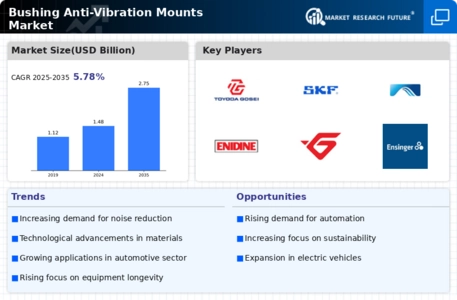
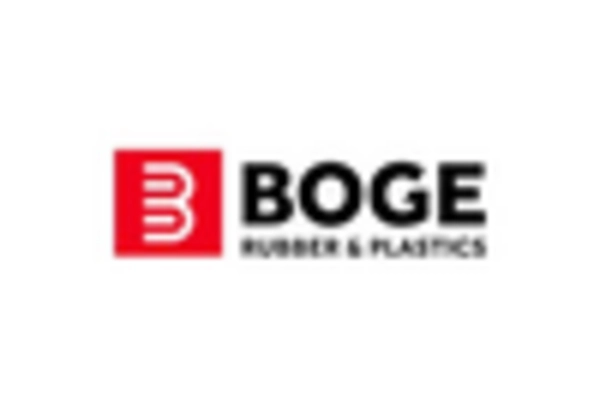

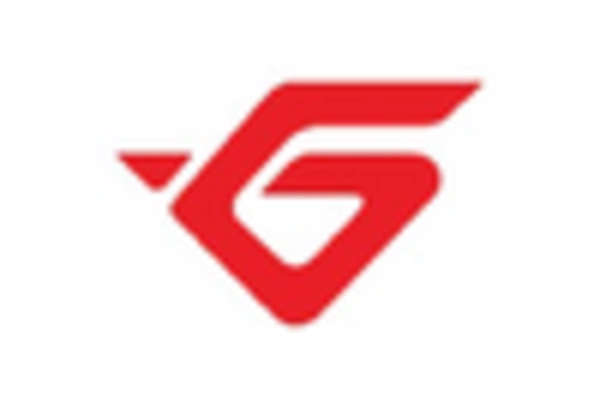
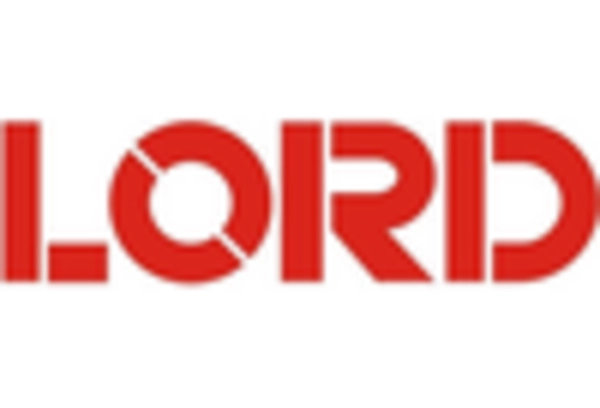
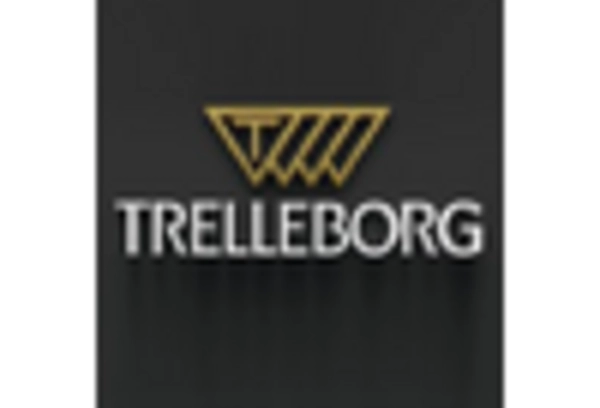
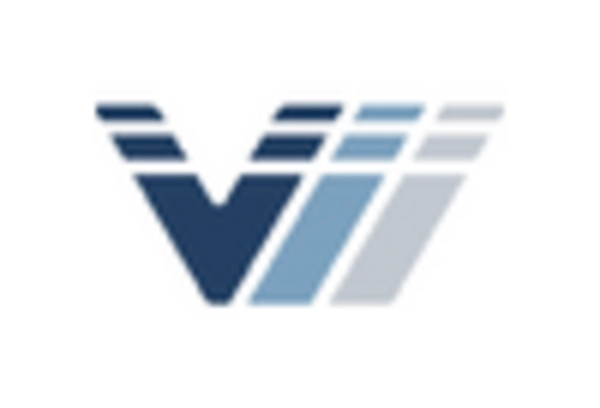








Leave a Comment